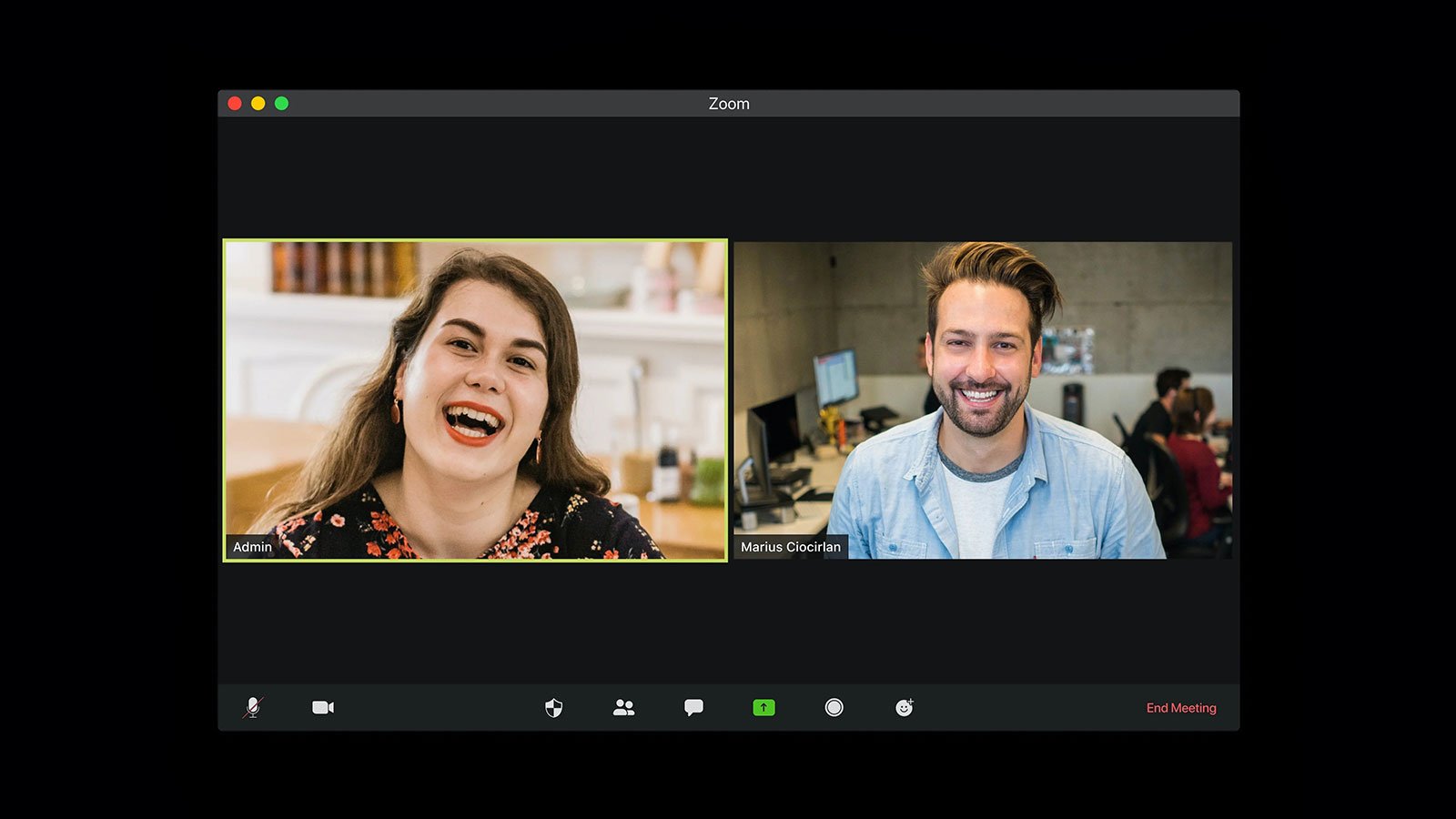Elder Caregiving: The Invisible Workforce Epidemic

Talent Management Magazine, by Adam Goldberg, published on September 29, 2016
An invisible epidemic is impeding employee productivity at businesses of all sizes and in every industry. That epidemic: the time-consuming and stress-inducing challenges employees face as modern caregivers. As noted in a recent Wall Street Journal article on paid leave, Deloitte and Nike are both taking steps to support their employees as they work their regular jobs and care for their children, spouses, siblings and elderly loved ones.
More than 22 million Americans – 15% of the country’s workforce – currently serve as caregivers to loved ones, according to the Ceridian report “Double Duty: The Caregiving Crisis in the Workplace.” In addition to their full-time jobs, they spend an average of 29 hours a week on caregiving activities. Corporate HR professionals must address this reality and consider the benefits and support they can offer to employees who find themselves stressed at work and at home by the additional caregiving role.
The aging of the U.S. population impacts the workplace in many ways. Today’s workers experience increased stress and lost time at work as they coordinate doctor appointments, navigate the housing and insurance options for their older loved ones, and try to understand available programs and benefits. Some employees cut back their hours or even quit their job to address these personal situations.
As HR professionals, you are uniquely positioned to support employees affected by this invisible epidemic. By providing resources and guidance, you can help them confidently navigate the delicate balance between work and personal commitments.
The following strategies are ones I advise leaders in HR to consider as they develop the right combination of benefits and support for employees with eldercare responsibilities:
Understand the issues at stake and the frustrations employees feel – Caring for an aging loved one can be difficult and emotional for employees, not to mention costly and time-consuming. Understand that they frequently feel overwhelmed with caregiving duties and struggle to find the housing, geriatric care, insurance, nutrition, end-of-life planning and other resources needed to provide the best care.
Train managers – Often employees’ direct bosses are the first to know when caregiving concerns are affecting their work life. By training department heads on eldercare resources available through the company, they can encourage their employees to seek assistance from HR.
Educate employees about the Family and Medical Leave Act (FMLA) – Many employees assume this law only applies to those who take care of children. Make sure your employees understand that family leave can be used to care for the elderly as well.
Proactively communicate and offer the right resources – Help your employees feel comfortable reaching out to you when concerns arise by sharing eldercare resources and letting them know they can come to HR for more information.
Encourage legal and financial planning – Benefits packages often include consultation with attorneys or tax advisors. Employees who take advantage of this resource can learn, for example, how a healthcare proxy or power of attorney works, how to account for an elderly dependent, or the tax implications of being gifted a home in exchange for care.
Provide support groups and educational sessions – Internal affinity groups are a core priority for the majority of Fortune 500 companies including Dell EMC, Caterpillar and Bank of America. Affinity groups offer caregivers a forum to talk with peers facing similar challenges—a great way to build community within the organization. HR also can host educational brown-bag lunches with expert speakers or webinars on topics of interest.
Offer digital tools to help with managing daily caregiving tasks – Recommend such digital tools as Eldercare Locator, Benefits Checkup and torchlight.care, that can help your employees stay organized. Calendars, document management apps or cloud-based platforms enable employees to manage the paperwork, doctor appointments, prescriptions and other items related to eldercare.
Ensure employees understand state-by-state distinctions – For companies with offices in multiple locations, or employees whose relatives live elsewhere, it’s important that they know that the law often varies by geography.
In talking with HR representatives at numerous companies across the nation, it has become clear that eldercare is a significant concern for their employees. By offering the information and tools, employees feel more equipped to successfully manage their work/life responsibilities, while ensuring their elderly loved ones receive the care they deserve.



